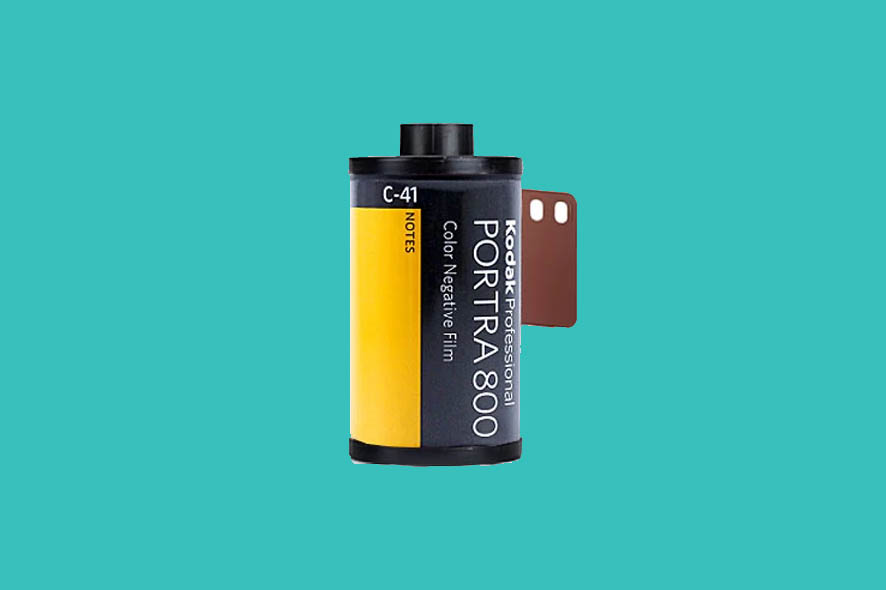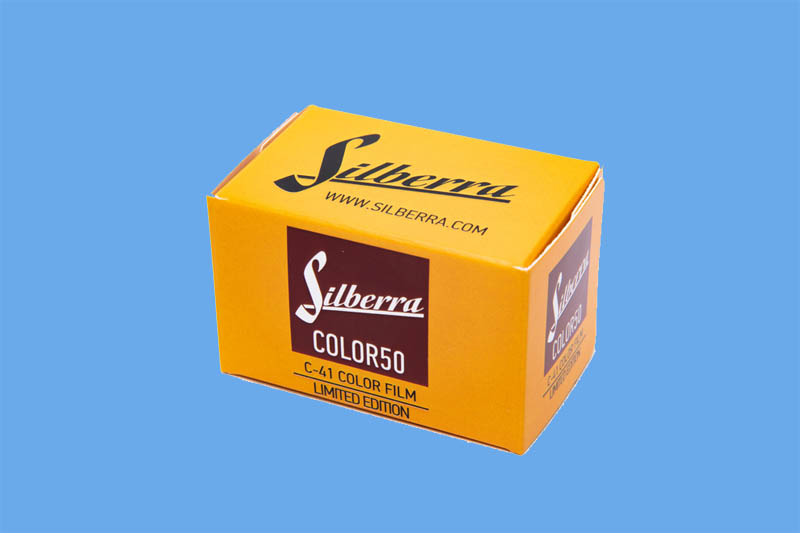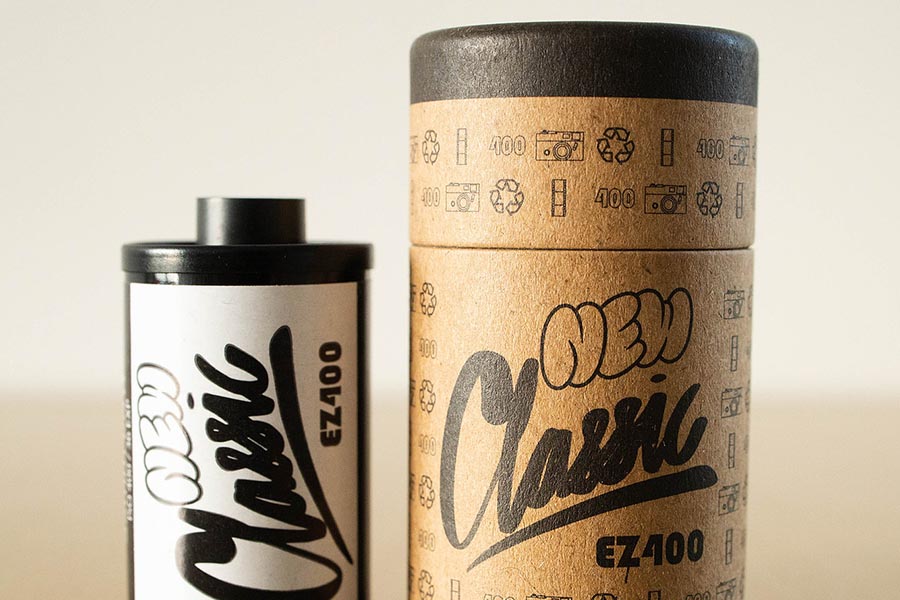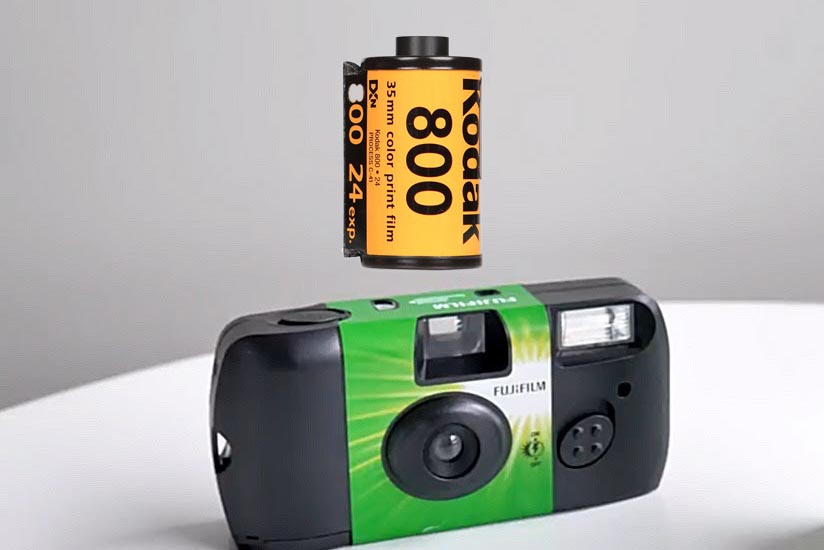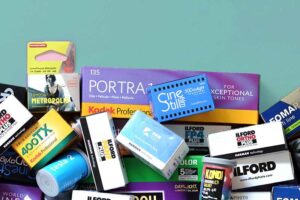35mm Brand Films and Rebranded Films History
Last Updated on September 6, 2022
There are not only well-known 35mm brand films such as Agfa, Kodak or Fujifilm, but also so-called sales and own-brand films in Migros, Coop, Quelle or other wholesale markets.
Initially, color film could only be purchased on the market under the proprietary name of its manufacturer. The second “private label”, known in the United States and Britain, emerged from the old armament after the Second World War. These are also Ektachrome type aerial photographic films.
In continental Europe, since 1956 Zeiss Ikon’s “Ikolor” film (formally produced by Gevaert in Belgium) began to develop its own brand. In the early 1960s, the Swiss film studio Tellko Fribourg even began to provide West Germany with its own films, such as “Siricolor” and “Adina”, and “Merchrome” to Denmark.
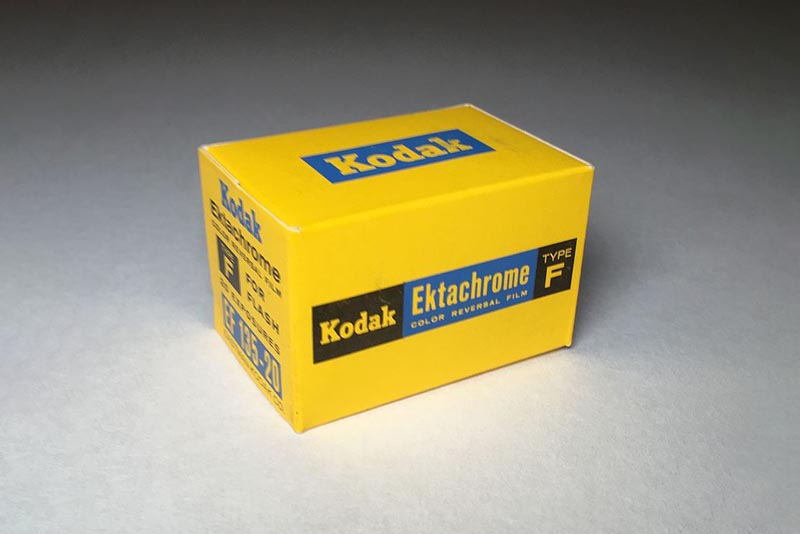
According to the information provided to the author, it is said that the final Telcolor film was produced by Ferrania. Another traditional photography brand “Voigtländer” also reappeared on the film box, and finally even appeared on “Rollei“. The Munich dryplate mill Kranseder (brand “Kranz”) and the original photo paper manufacturer Turaphot soon also played an important role.
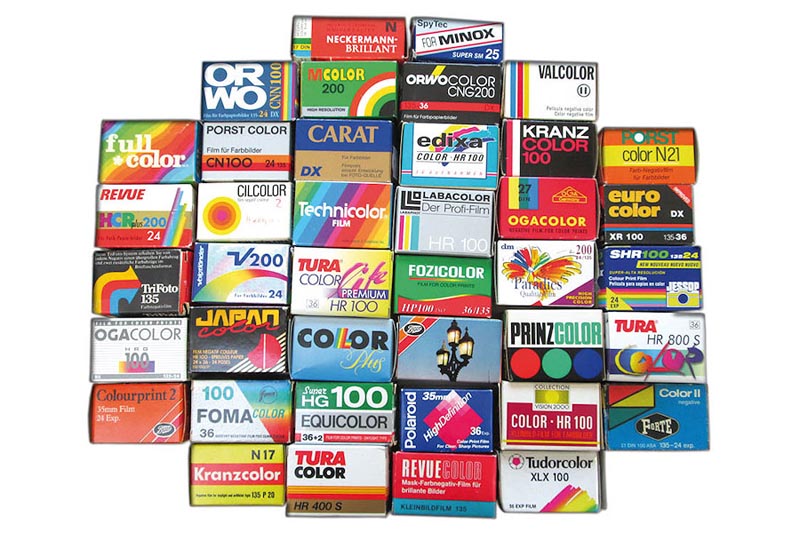
The packaging of own-brand films is usually more imaginative than the original packaging. They almost never reveal their origins. The small international compilation shows that the names of the films on the slides mostly end with the syllable “chrome“. The photo also shows some rarities.
The “jungle” of sales and private label films is almost impenetrable. The source of supply always changes, and the film title is usually not changed. Many people think they are products of the company that sells them, but they come from international filmmakers.
The source of supply has undergone a typical shift, such as from Konishiroku (Japan) to 3M (Italy), from 3M to Agfa-Gevaert, and from there to Fujifilm. Sometimes it is not without problems. Zeiss Ikon AG of Stuttgart broke away from the contract with Gevaert (Belgium) as early as 1960 because they also provided Foto-Quelle.
Gevacolor was sold in the form of “Revue-Color” and then gave way to Anscochrome film of the United States. -Gevaert Leverkusen initially rejected the private label business in principle, and eventually started the business overseas. He also started the film of Peruz Photowerk in Munich, which now belongs to Agfa-Gee Watt Group (Agfa-Gevaert Group) (not mentioned in the table).
After Perutz color C18 slide film was discontinued (1972), Leverkusen film was also sold at a low price under the Perutz brand. Kodak has not been launched for a long time, but the distribution company sold Kodak color film (such as “Contec” and now “ColorStill”) with 35mm cartridges.
When Turaphot began to engage in the American Dynachrome film business in 1963/1964 and was looking for new sources, the author successfully recommended Konishiroku with Sakurachrome and Sakuracolor in distant Japan.
The manufacturer not only changed its name to Konica and finally Konica-Minolta, but also changed the contents of its Konicachrome R-100 slide film cassette in 1999: it is now Agfachrome, not its own product. Agfa-Gevaert even provided color film for its black-and-white competitor Ilford.
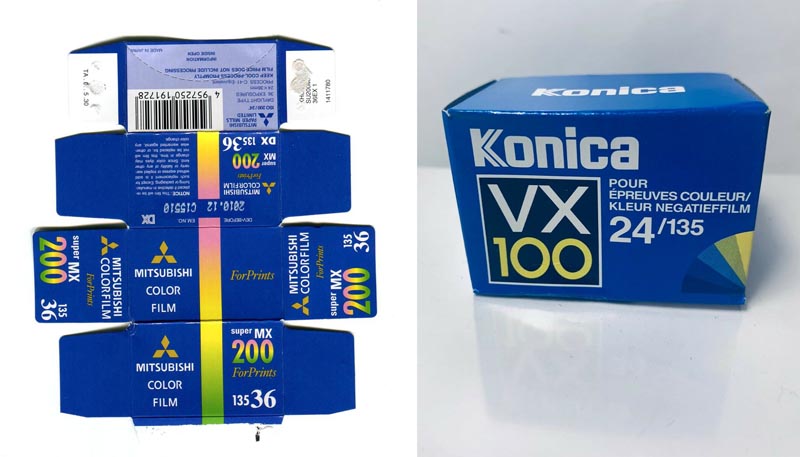
Sometimes a color negative film box is similar to a slide box. Of course, the sales company soon joined the internationally popular Kodak C-22 and C-41 (negative film) process and E-4 and E-6 (slideshow) for film development.
This commercial prospect is also the reason why Agfa-Gevaert changed the color process, and it is also the reason why Filmfabrik Wolfen (ORWO) and its small successor originally purchased film compatible with development from Ferrania (Italy) after the reunification of Germany.
The demand for faster film required by the Kodak process prompted Agfa-Gevaert to temporarily provide Fujichrome and Fujicolor professional film in “German packaging” under the Agfa brand around 1982.
Finally, repeat the process in a similar manner with the “AgfaPhoto” film licensed today. Initially, Agfa-Gevaert’s film did not follow Kodak’s development process, until the final film made by Fotochema (CSSR) and Orwo (GDR) did not. He established a development laboratory in the West.
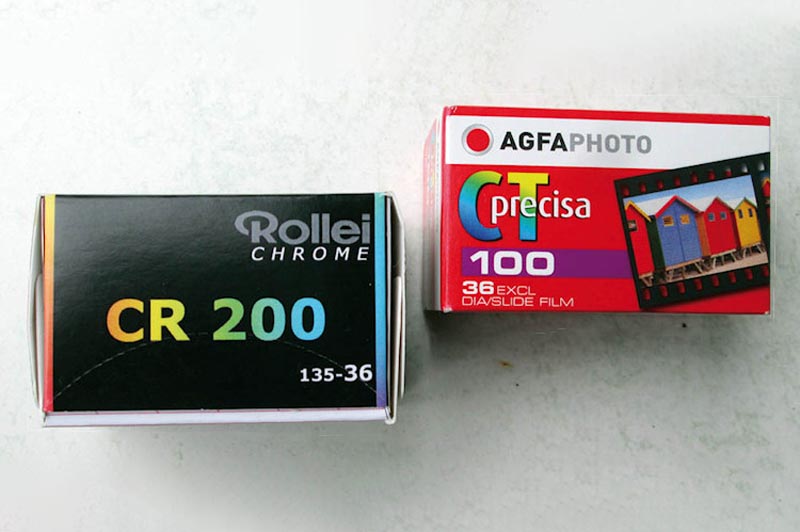
Rollei Chrome actually comes from Agfa-Gevaert, which is actually aerial film, and CTprecisa is now Fujichrome film under the licensed brand “AgfaPhoto”.

The name “CineStill” says it all: these are actually films made by Kodak, including (right) artificial light film.
Since films of in-house and retail brands are cheaper than original films, their manufacturers pay special attention to keeping the origins of retail brands a secret. It is rarely recognized by information such as “Made in Germany” or “Made in the EU”, process names such as “CN-16” (Fuji color), or small picture frames and edge markings on the film, but it is usually Recognized by color reproduction. Slides.
The quality of the houses and sale of branded films has long been comparable to the original products. This is not necessarily the case at first. For example, the first “Kranz Color C18” slide film is the second choice for Adox Color C18.
